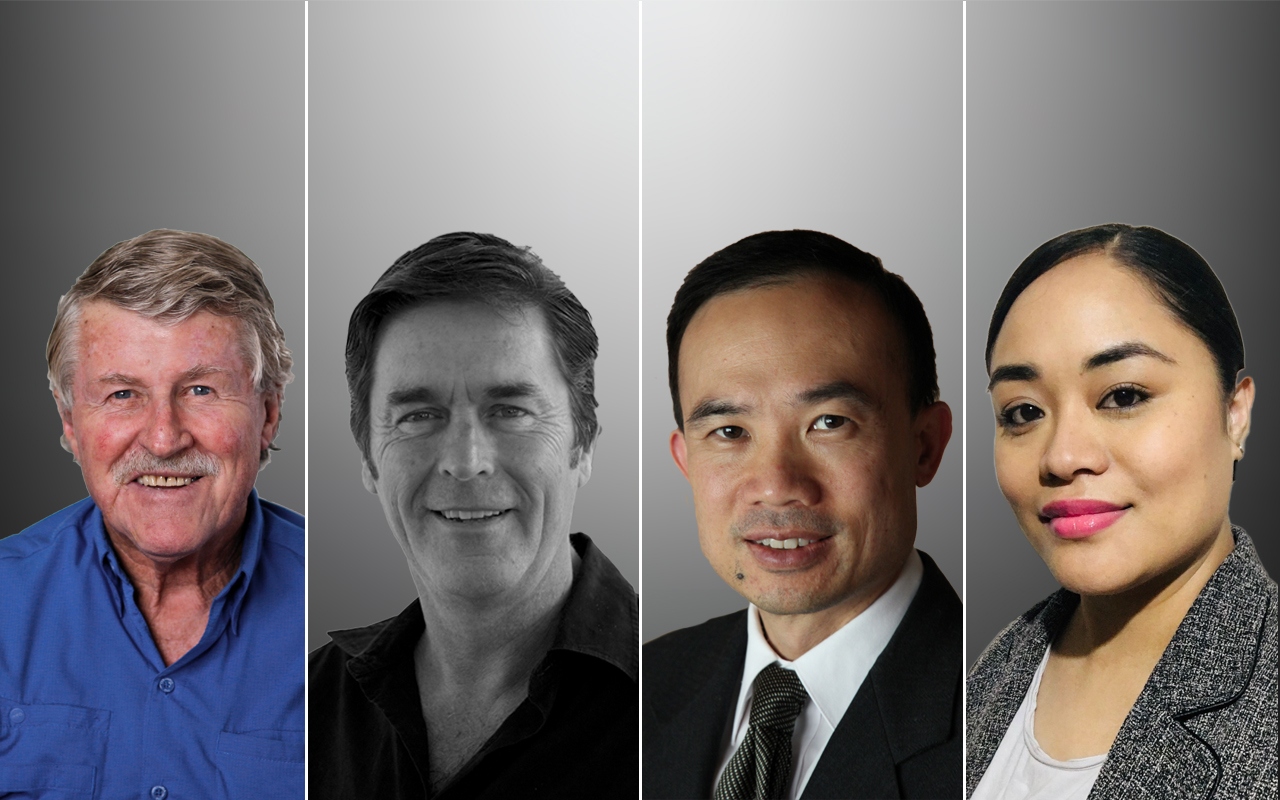THE rise in chronic diseases in recent times has led to a lifestyle medicine approach to dealing with these, together with accompanying changes in processes in clinical practice.
Shared medical appointments (SMAs), or group visits, are one such process. These are individual medical consultations carried out sequentially with a number of patients, administered by a trained facilitator, with others with similar concerns listening and contributing.
SMAs have gained worldwide interest. They have been trialled in Australia since 2013. We have been fortunate in having been initially funded by the Royal Australian College of General Practitioners and now two New South Wales Primary Health Networks (South Eastern NSW and Western Sydney) to evaluate processes and outcomes of SMAs with different chronic diseases.
Through the Australasian Society for Lifestyle Medicine, we have also worked with medical centres around the country to initiate the use of these as an efficient form of clinical procedure for complex disease problems. However, wider use was disrupted by coronavirus disease 2019 (COVID-19) and the need for spatial distancing.
Fortunately, the rise of digital technology has offered the opportunity to transfer to a digital platform.
Working with select medical centres who had received training in face-to-face SMAs in Western Sydney and Southern NSW, we began trialling virtual shared medical appointments (vSMAs) almost immediately after the arrival of COVID-19.
We originally intended to test these with chronic diseases, using programmed shared medical appointments (pSMAs), which are defined as “a sequence of SMAs in a semi-structured form providing discrete educational input relating to a specific topic”.
However, with the arrival of COVID-19, patients had little interest in anything other than the new disease. We quickly changed our focus from chronic disease to COVID-19 and the effects of comorbid chronic conditions on susceptibility to it.
We have conducted a limited number of groups using the standard face-to-face model of up to 12 patients per SMA with one doctor and one facilitator (usually a practice nurse) but now using the video communications platform Zoom.
Although only early days, we have found vSMAs have 100% patient and provider satisfaction. They are convenient, reduce travel time and costs for patients, provide peer support, improve cost and time efficiency, and have all the advantages of face-to-face groups, but without the fear of infection.
We will next look to expanding these to virtual pSMAs when the environment is appropriate as all the advantages of telemedicine apply even more to SMAs than to single consultations.
A series of online webinars with British, American and Australian colleagues about vSMAs on 9 April 2020 attracted almost 1000 registrations from 42 countries, showing the level of interest in the process. We are continuing to experiment with various online forms of SMAs and are convinced that this is the way of the future, even after the current pandemic crisis.
The Australasian Society for Lifestyle Medicine is currently offering a free online orientation to virtual and/or face-to-face SMAs for primary care practitioners wishing to take these up.
Professor Garry Egger and Associate Professor John Stevens are Board Members of the Australasian Society of Lifestyle Medicine and Adjunct Professors of Health Sciences at Southern Cross University.
Dr Kean-Seng Lim is a GP in western Sydney and current President of the NSW Australian Medical Association.
Christina Tuuhetoka is a health worker currently carrying out post-graduate studies.
The statements or opinions expressed in this article reflect the views of the authors and do not represent the official policy of the AMA, the MJA or InSight+ unless so stated.

 more_vert
more_vert
I have been involved in the winter strategies program, an initiative of NCPHN. I have organised groups in previous years and this year intend to attempt telehealth groups. This should free up space in our clinic and car park.
I am preparing a booklet to distribute. The biggest obstacle to date is the use of technology. I ask each person in the group if they are comfortable joining a Zoom chat as I enrol them.
I also need to co ordinate the information from dietitian and Exercise Physiologist to go out to the home in the package.
Any support or advice would be valued